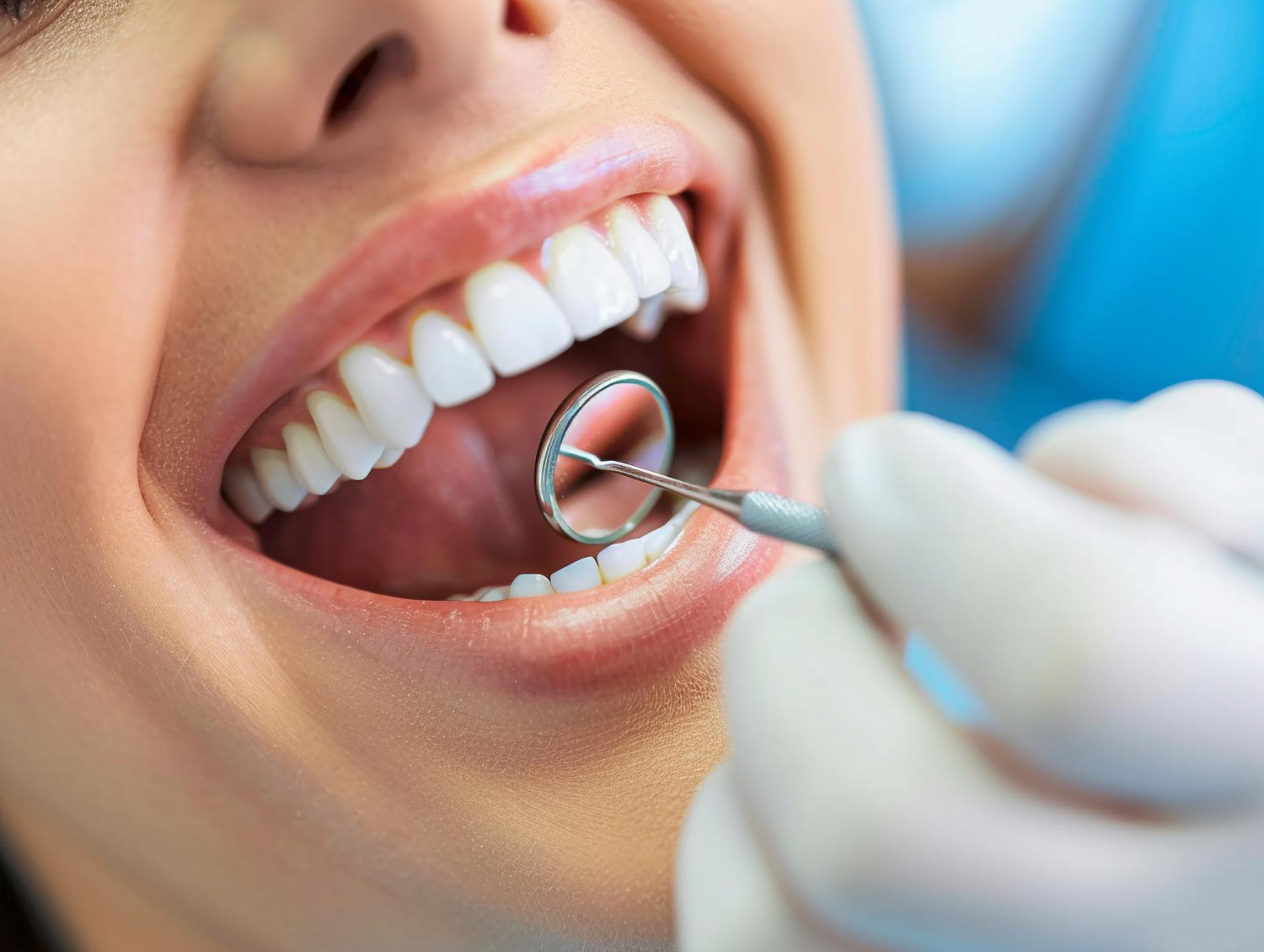Seeing a black spot on a tooth can be unsettling, but not every dark mark signals a cavity. Teeth can develop discoloration for many reasons, some harmless and others more serious. Understanding the difference between stains, buildup, and decay can help determine whether a trip to the dentist is necessary.
When Black Spots on Teeth Are Harmless and When to Worry
Not all black spots on teeth indicate a problem. Sometimes, harmless stains form from everyday activities like eating certain foods or drinking dark-colored beverages. These marks might look concerning but don’t always mean there’s damage beneath the surface. In some cases, a small black spot could be a natural groove in the tooth where pigments from food and drinks settle.
However, when a black spot starts growing, feels rough, or causes sensitivity, it could be a warning sign of decay. A cavity forms when bacteria break down tooth enamel, creating a hole that darkens over time. If the spot gets larger or changes shape, it’s time to schedule a dental visit to prevent further damage.

How Stains from Coffee, Tea, and Tobacco Can Look Like Cavities
Daily habits play a big role in tooth discoloration. Coffee, tea, and tobacco contain dark pigments that easily cling to tooth enamel, leading to stubborn stains. These spots can be mistaken for cavities, especially when they appear in hard-to-reach areas like between teeth or along the gum line. Unlike decay, these stains don’t eat away at enamel but can still affect the look of a smile.
Brushing and flossing may not be enough to remove deep stains caused by these substances. Professional cleanings can help lift surface stains, making teeth look brighter. Reducing consumption of stain-causing drinks and quitting tobacco use can also prevent dark spots from forming in the first place.
The Difference Between Surface Stains and Tooth Decay
Surface stains sit on the outer layer of the tooth, affecting appearance but not structure. These discolorations usually result from food, drinks, or habits like smoking. A good cleaning by a dentist can often remove these marks.
Tooth decay, on the other hand, happens beneath the surface. A cavity starts when bacteria break down enamel, creating soft spots that eventually turn into holes. Unlike stains, decay can lead to pain, sensitivity, and further damage if left untreated. A dentist can tell the difference with a simple exam and may recommend a filling if necessary.
Why Tartar Buildup Can Create Dark Spots That Aren’t Cavities
Tartar buildup is another common cause of black spots on teeth. When plaque isn’t removed through regular brushing and flossing, it hardens into tartar, which can turn dark over time. This hardened layer often appears along the gum line or in areas where brushing is difficult. Though it may look like decay, tartar doesn’t always mean a cavity is present.
Tartar can’t be removed at home and requires professional cleaning. If left untreated, it can lead to gum disease, making it important to visit a dentist regularly. Keeping up with good oral hygiene prevents tartar from forming and keeps teeth free from dark spots.
Early Signs of a Cavity That Go Beyond Just a Black Spot
A black spot isn’t always the first sign of a cavity. Sensitivity to hot, cold, or sweet foods can indicate enamel damage before a visible hole appears. Some people also experience mild discomfort when biting down, signaling that decay may be present even if there’s no obvious discoloration.
As a cavity worsens, the affected area may feel rough or soft compared to the rest of the tooth. A dentist can detect early signs of decay with an exam or X-ray, catching the problem before it turns into severe damage. Regular checkups help identify cavities before they require more extensive treatment.
How Old Dental Fillings and Silver Crowns Can Cause Dark Areas
Older dental work can sometimes make teeth look darker. Silver amalgam fillings, commonly used in the past, can leave a grayish tint on surrounding enamel. Over time, these fillings may also start to break down, creating dark edges around the treated tooth.
Silver crowns and metal-based restorations can also cause shadows on teeth. Though these materials are durable, they don’t blend as naturally as modern tooth-colored options. If an old filling or crown starts showing dark spots, a dentist can assess whether it needs replacement with a more natural-looking alternative.
What to Do If a Black Spot on Your Tooth Starts Changing Shape
A small black spot that stays the same size for years might not be a cause for concern, but one that grows or spreads could be a sign of decay. Tooth structure doesn’t naturally darken over time, so any noticeable change should be checked by a professional.
If the black area begins to feel rough, develops a hole, or causes sensitivity, it’s best to seek dental care as soon as possible. Catching a cavity early means a simple filling may be enough to fix the problem. Ignoring it could lead to a deeper cavity, requiring a root canal or crown later on.
The Best Ways to Prevent Both Stains and Cavities from Forming
Keeping teeth healthy and stain-free starts with good oral hygiene. Brushing twice a day with fluoride toothpaste helps protect enamel from bacteria, while flossing removes hidden debris between teeth. Regular dental cleanings remove surface stains and tartar, preventing dark spots from becoming permanent.
Avoiding stain-causing foods and drinks, using a straw for dark beverages, and rinsing after meals help minimize discoloration. For those prone to cavities, fluoride treatments and dental sealants offer extra protection. A proactive approach keeps teeth bright and prevents unnecessary dental problems down the road.
Keep Your Smile Bright and Healthy with Smiling Creek: Expert Dental Care for Stains, Cavities, and Long-Term Oral Health
Your smile deserves the best care, whether you’re dealing with stubborn stains, dark spots, or potential cavities. At Smiling Creek, we provide expert dental solutions to keep your teeth healthy, strong, and beautiful. Our team understands that not every black spot means trouble, but we’re here to ensure that any concerns are addressed before they turn into bigger issues. From professional cleanings to advanced cavity detection, we take a personalized approach to help you maintain a confident, radiant smile.
At Smiling Creek, we go beyond just treating dental problems—we focus on prevention and long-term care. Whether it’s removing surface stains, protecting your teeth from decay, or replacing old fillings with modern, natural-looking restorations, we’re committed to making every visit comfortable and effective. If you’ve noticed a black spot on your tooth or simply want to stay ahead of any potential issues, our experienced team is here to help. Contact us today to schedule an appointment and take the next step toward a healthier, brighter smile.


